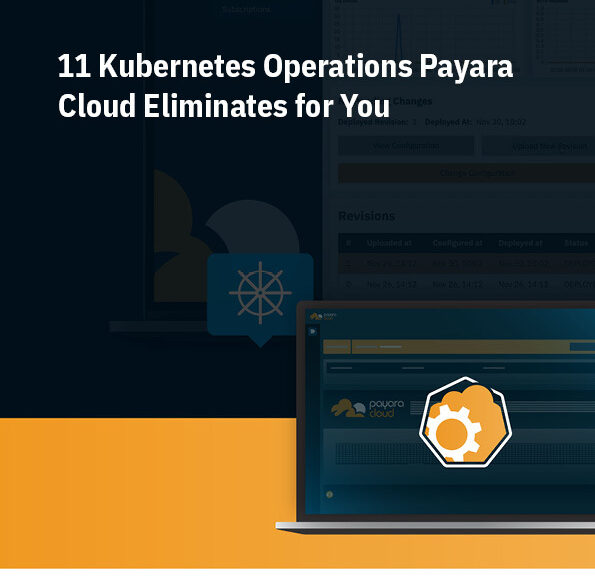 3 minutes
3 minutes
End-of-Life Technology: How to Drive Innovation Without Compromising Stability
When legacy systems approach end-of-life (EOL), enterprise IT teams typically face the choice of moving forward at all costs […]

Kubernetes, also known as K8s has become the de facto platform for orchestrating modern microservices architectures, promising resilience, scalability and faster deployment pipelines for Java applications. But for many developers, that promise often hides a thorny reality: Kubernetes is powerful—but also painfully complex.
Enterprise Java teams migrated to microservices and containers to escape the rigidity of monoliths. With these, each service could be isolated, reusable and independently scalable. But as teams broke down their apps into multiple services, a new challenge emerged: how do you manage all these moving parts efficiently?
Kubernetes steps in to solve that problem by abstracting infrastructure and shifting operational logic outside of applications and services. As a result, developers can rely on automation and do not need to manually perform all the processes involved in the deployment, scaling and management of applications.
But here’s the catch: Kubernetes offloads complexity from your codebase… and moves it into your environment.

While Kubernetes removes the need to reinvent infrastructure with every new app, it demands a steep learning curve and manual configuration overload to set up Kubernetes clusters and the multiple YAML files needed. Let’s break down some of the biggest practical Kubernetes challenges Java developers face today:
Because despite all this, Kubernetes delivers massive value:
But only if you have the right tools to tame it.
The future isn’t about eliminating Kubernetes, it’s about making Kubernetes easy to handle for Java developer. Platform engineering offers a path forward through self-service platforms that abstract and automate Kubernetes configuration. As a result, development teams can:
However, most general-purpose platforms remain too broad and too complex. They weren’t built with Java in mind. That’s why development teams still face unnecessary friction.
What if you could get all the benefits of Kubernetes but none of the cons, such as overhead? Payara’s Java-centric, fully managed, cloud-native deployment platforms, such as Payara Cloud, automate all Kubernetes operations behind the scenes. Purpose-built for Java workloads, it delivers:
The result? Developers write Java apps. Payara Cloud handles everything else.

Download the free guide: “11 Kubernetes Operations Payara Cloud Eliminates for You”
In this guide, you’ll discover how Payara Cloud:
This practical guide will show you exactly how to skip months of Kubernetes setup and focus on what matters: advancing your application.
Adopting Kubernetes shouldn’t mean becoming an infrastructure expert. The future of enterprise Java lies in platforms that empower developers to build, not configure. With Kubernetes abstracted and operational complexity removed, teams can accelerate innovation, reduce risk and ship faster.
Let Kubernetes work for you, not the other way around.
Share:
 3 minutes
3 minutes
When legacy systems approach end-of-life (EOL), enterprise IT teams typically face the choice of moving forward at all costs […]
 3 minutes
3 minutes
Working with enterprise Java databases can sometimes feel like swimming upstream. Jakarta EE 11’s Jakarta Data helps developers glide […]
 5 minutes
5 minutes
At Devoxx Belgium 2025, I was able to talk about what happens after you build your container. In theory, […]